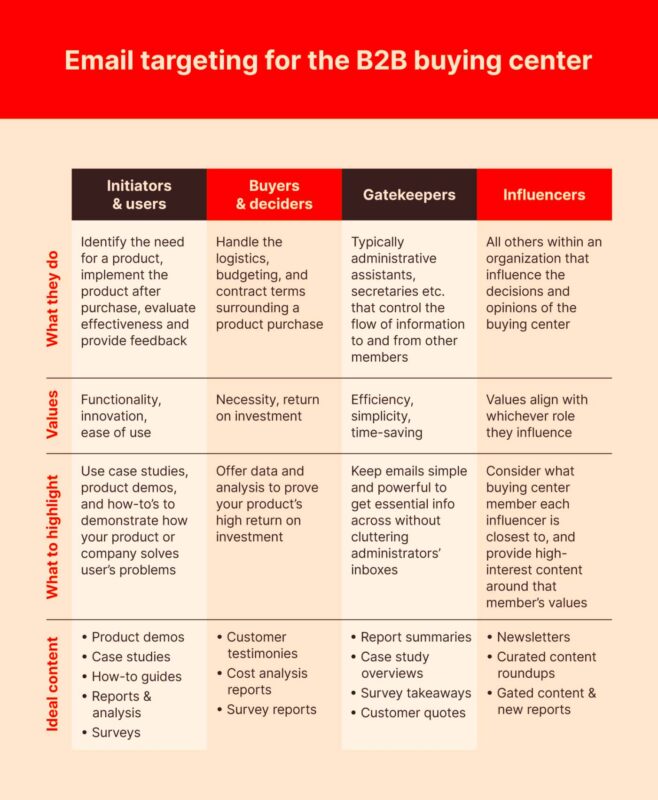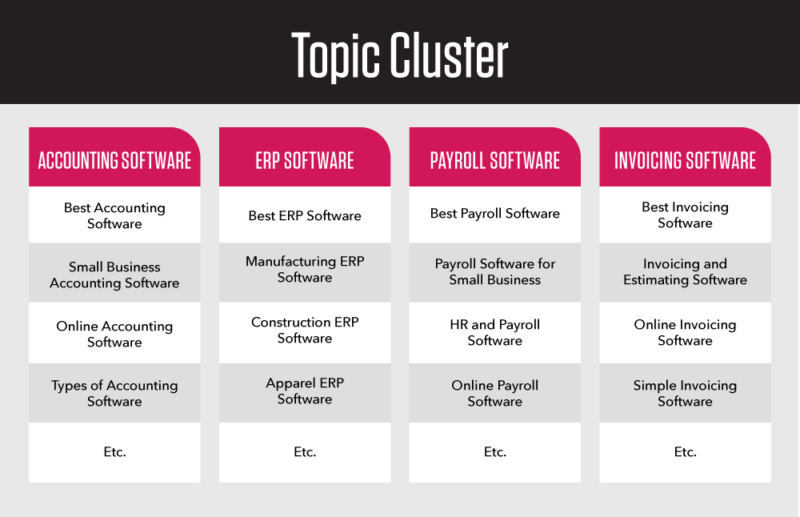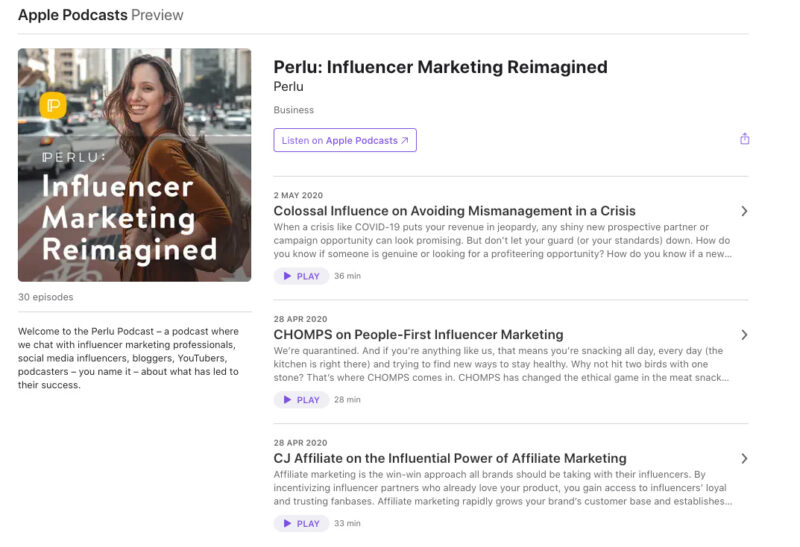The Stratabeat Playbook: 4 Ways to Drive Major Traffic Increases for Your B2B Website

The math’s supposed to be simple, right?
Develop your marketing plan, and then increase traffic to your B2B website.
If you’ve tried this only to wrestle with an endless plateau of traffic, you know it’s rarely that easy. Driving more traffic is an art, blending strategy with creativity.
What works? What makes sure traffic isn’t just a one-off spike and is, instead, more consistent?
Using Stratabeat’s traffic-driving playbook, we boosted one client’s organic traffic by 7,235.7% in three years, increased another’s monthly traffic by over 100,000 within a few years, and grew a new blog from zero to an $88,000 monthly organic traffic value in just 14 months.
How? Let’s dig into the data and identify the most effective levers for driving website traffic growth like these examples.
1. Drive Traffic with Content That Cuts Through the Noise
Through lateral thinking, you’re able to create unique, non-obvious, and differentiated content, giving you a competitive edge.
Another approach is to find unique angles or untapped topics that resonate with your audience but remain unexplored. Employ content atomization to break down comprehensive topics into specific, engaging pieces. Coin new terms or phrases, create relatable characters, or use humorous anecdotes to inject creativity into your content.
You can also cross-pollinate from different industries or fields. What works well in one area might be revolutionary in another. Borrow storytelling techniques from film to create more engaging blog posts, or use gamification strategies from video games to make interactive content.
Finally, experiment. The beauty of lateral thinking is that it often leads to trial and error. Not every idea will be a hit, but the process of trying out unconventional methods often leads to breakthroughs in how you engage with your audience.
Develop a Content Strategy NOT a Content Plan
Developing a content strategy is fundamentally different from creating a content plan, yet many marketers often confuse the two.
A content plan is more about the logistics — a schedule of what to post, when, and where. It focuses on the execution details, like topics, formats, and publishing dates. However, this is not a strategy.
A content strategy is about the why and how of your content. It defines the goals, audience, and key messages your content should convey. It’s a comprehensive approach that aligns your content with your brand’s objectives and audience needs.
Surprisingly, only 40% of B2B marketers have a documented content marketing strategy, which might explain why many struggle to see tangible results from their content efforts.
Start by setting specific, measurable goals for what you want your content to achieve. What will “winning” look like? Are you looking to increase brand awareness, generate leads, or establish thought leadership?
Then, deeply research your target audience. What are their pain points, interests, and behaviors? Tailor your content to address their specific needs and questions, creating a more personalized and effective experience.
How will your content stand out? How will it be different? How will it move your audience to action?
Lastly, not all content works well on every platform. Determine where your audience spends their time and focus on those channels for content promotion.
We’re just skimming the surface here, but you get the gist: a content strategy is a holistic, thoughtful approach that goes beyond just posting content.
Build an Authoritative Blog
Focus on producing high-quality, in-depth, long-form content. Building an authoritative B2B blog is about providing value and establishing trust with your audience with a mix of evergreen and experimental topics.
For example, we created a first-of-its-kind blog for iRobot, a robotics company.
The blog thrived by featuring interviews with industry influencers and collaborating on video content, which added credibility and variety. It also included practical blog content like tips and tricks, how-to guides, and product comparisons. These types of high-quality content cater to the audience’s need for information and decision-making support.
Within just 14 months from launch, we escalated organic visits to a monthly traffic value of $87,867. The key? A strategic and diverse content approach. A well-planned and diversified content strategy increases a blog’s authority and traffic.
Drive Your Audience to Action
Build authoritative B2B blogs that resonate with your target audience. Book a Strategy CallWrite High-Concept Headers
In content, headers are your make-or-break moment. With only 20% of people venturing past the headline, your headers need to pack a serious punch.
So, what’s the secret sauce? Ditch the vague and the mundane. Your headers should scream value, clarity, and a hint of intrigue. They need to grab your readers by the lapels and say, “This is exactly what you need to know!”
Consider the difference: “SaaS Pricing Strategies Demystified” might sound informative, but it’s lukewarm at best. Now, amp it up to “Unlocking SaaS Wealth: 3X Your Revenue with Ninja Pricing Tactics.” This header directly promises substantial value and targets a specific audience segment, making it far more likely to draw readers in.
Such headers turn a casual glance into genuine interest.
Create a Targeted B2B Email Campaign
Creating a targeted email marketing campaign that caters to the diverse roles within your B2B buying group is an effective way to drive clicks to your website. These emails should be clear, concise, and provide resources (on your website) that offer value and inspire clicks.
Why email? Because building a relationship with B2B buyers takes time and multiple touchpoints before making a decision.
B2B buying groups have, on average, six to eight decision-makers. Each decision-maker, whether Initiators, Users, Buyers, Deciders, or Gatekeepers, has a unique perspective and set of needs.
Create a matrix like this one from Zapier to categorize what each group does, what their values are, and what content you can target them with.
Once you have this matrix, segment your email list. Group your subscribers not just by company or industry, but according to these specific buyer personas to address each group’s unique interests and needs.
Lastly, plan your campaign around customer journey stages. Delivering content based on where they are on their journey ensures pin-thin precision in addressing their needs.
For example, early-stage content for Initiators might focus on industry trends and introductory product information, while later-stage content for Deciders could emphasize ROI and case studies.
This targeted approach, guided by a deep understanding of the buyer personas and their respective stages in the buying journey, transforms your email campaign from a broad scattergun strategy to a sharply focused, highly effective tool for B2B engagement and conversion.
2. Use Neuroscience Principles to Evoke an Emotional Response

23 B2B SaaS Marketing Strategies To Grow Your Brand (+ Examples)
Uncover SaaS Marketing Strategies to Grow Your Brand Read the Post3. Win at Google with SEO
An effective approach to increase your organic site traffic is to fully capitalize on ‘striking-distance keywords,’ such as those phrases for which you currently rank in positions 4-25 in Google. It’s faster and easier to push these keywords higher in Google than, say, to target a topical area where your current rankings are not as strong.
4. Build Authority and Credibility to Drive Traffic
A great way to cut through all the noise, attract media attention, secure backlinks, and drive traffic to your site is through original research. It not only helps you produce unique value for your audience, but it’s also proven to increase leads for your business.
Use Research Reports as Lead Magnets
Lead magnets are valuable resources offered for free to potential customers in exchange for their contact information, typically an email address. Use your research reports as lead magnets to attract leads and nurture customer relationships. Other examples of lead magnets include:
- Ebooks
- Whitepapers
- Free trials or demos
- Checklists
- Templates
- Webinars
- Tools
Lead magnets allow you to build a database of potential leads. At Stratabeat, we created many lead magnets for Terakeet, a marketing agency, including downloadable research reports and other documents.
We produced over 160 pages of content for the client’s B2B website. The impact was massive: these lead magnets attracted more than 55,000 page views.
These resources drive organic traffic and establish your brand as a trusted name in your industry.
Partner with Relevant Influencers
B2B influencer marketing involves collaborating with industry leaders and experts who can sway the opinions and decisions of your target business audience. There are four types of B2B influencers:
- Thought leaders: These are the well-known, respected figures in your industry who shape opinions and trends with their insights and expertise.
- Niche experts: Specialists in specific areas of your industry, they offer in-depth knowledge and hold sway within particular segments of your market.
- Practitioners: These are professionals actively working in the field, whose real-world experience and practical advice resonate strongly with peers and potential customers.
- Internal influencers: Employees or leaders within your own company who have built a strong personal brand and can advocate for your products or services.
Ensure the influencer’s audience matches your target audience. It’s not just about the size of their following, but how relevant their audience is to your business. In this case, high engagement rates often matter more than follower count. An influencer with a smaller, more engaged audience is more impactful than one with many passive followers.
Plus, the influencer should be knowledgeable and respected in your industry. Their credibility ensures your audience is getting something great.
Create a Podcast
Great podcasts attract leads and act as gateways for all the other content you create and distribute. Build a podcast that inspires your audience to take action—one where they leave with tangible advice.
Pro tip: Take a page from Stratabeat’s playbook for Perlu and invite reputable guests from your industry.
For the influencer marketing platform Perlu, Stratabeat attracted professionals from leading brands like Lyft, Converse, and Sephora as guests.
Guests add credibility to your podcast plus you can also access the guest’s audience to expand your listener base.
Guests can be industry experts, thought leaders, or even satisfied customers who can share their experiences and insights.
When creating your podcast, focus on delivering value. Be consistent in your publishing schedule to build a loyal listener base. Promote your podcast across multiple channels—social media, your website, and email newsletters.
A successful podcast builds a community around your brand and establishes yourself as a go-to resource in your field.
Get Louder on LinkedIn
Empowering your team to amplify your brand on LinkedIn is a powerful strategy for organic reach. Instead of solely relying on a corporate account, imagine having a network of employees actively engaging and sharing content about the topics that your audience cares about. Not only does this amplify your brand’s presence, it also creates direct pathways for their networks to visit your website.
We’ve found that individuals tend to receive up to 3X more engagement on LinkedIn than corporate accounts. Imagine the impact when your team starts sharing, engaging, and sparking discussions. It’s like having a small army of advocates, all amplifying your brand’s presence.
To implement this strategy effectively:
- Educate your team: Conduct workshops on personal branding and the power of LinkedIn. Equip them with knowledge on how to engage effectively on the platform.
- Provide content toolkits: Make it easy for employees by providing ready-to-share content that aligns with your brand messaging.
- Encourage authentic sharing: Authentic posts about work experiences or professional insights tend to resonate more with audiences.
- Recognize contributions: Acknowledge and reward active brand advocates within your team to encourage ongoing participation.
By fostering an environment of employee advocacy, you’re humanizing your brand. Each post shared, and each interaction made adds a layer of authenticity that corporate messaging can’t replicate alone. It’s about leveraging your team’s trust and networks to extend your reach and deepen your impact.





